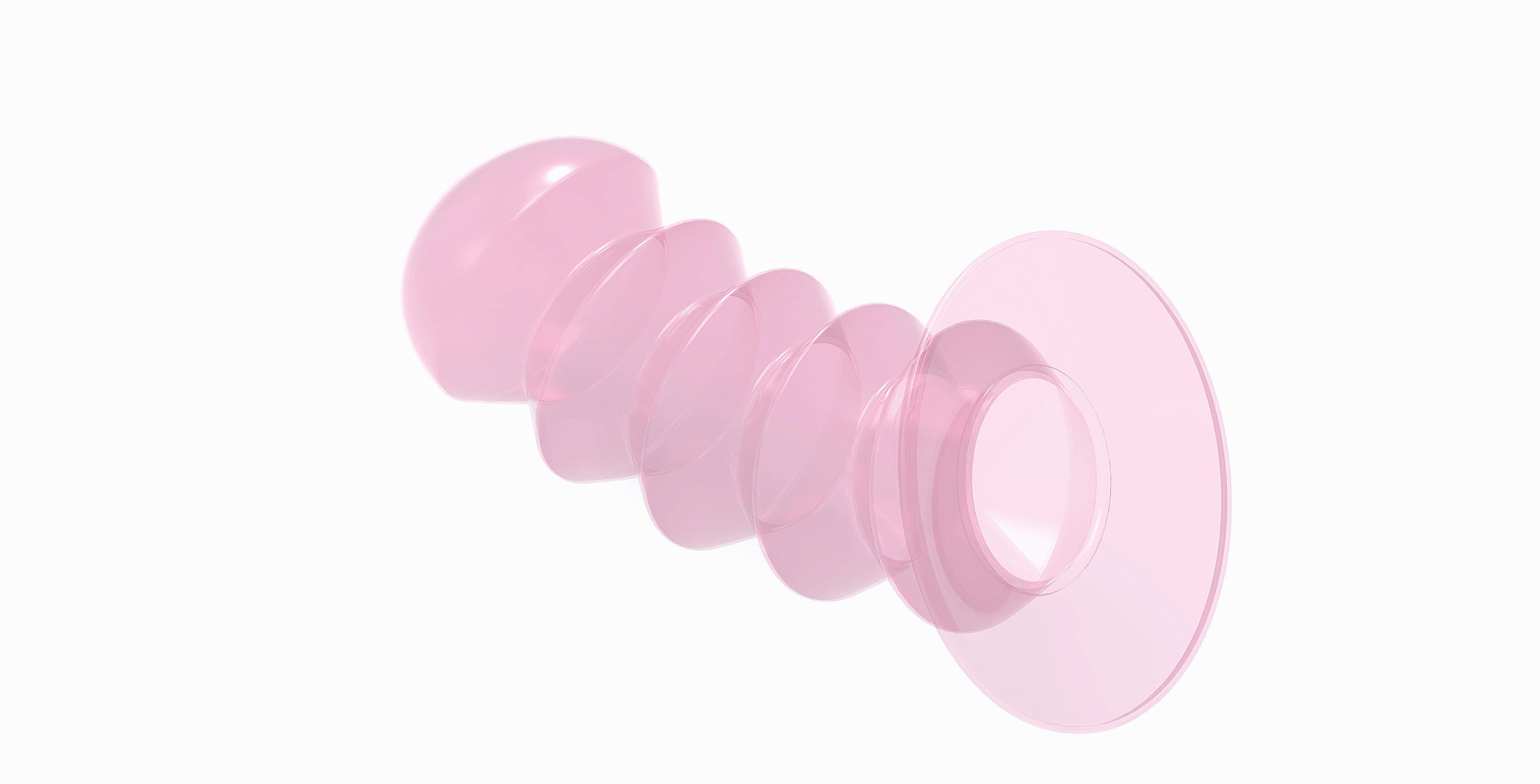Confidential to the straight men in the audience: Would you be interested in having casual sex, protecting yourself against unplanned pregnancies and STIs, and never having to strap on another condom in your life? If so, you’re already in luck: Since 1993, the Female Health Company has offered a Food and Drug Administration–approved female condom—it looks like a soft plastic tube outfitted with rings on both ends to keep it stabilized—that can be inserted into the vagina hours before sex for a more spontaneous engagement. In 2012, the company sold more than 60 million of its condoms, which it calls the FC2. “The company is enormously successful,” says Daniel Resnic, a condom developer in California. “Yet when you ask anybody in the U.S. about it, men have never heard of it and women have not tried it.”
That’s because the FC2 isn’t primarily marketed toward sexually active consumers browsing the drugstore condom aisle. It’s largely sold to public health nonprofits and local governments, which buy the condoms in bulk and then freely distribute them in areas with high rates of HIV, like Brazil, India, Zimbabwe, and Washington D.C., where the local government recently invested $500,000 in a female condom distribution program. Over the past five years, the Female Health Company has intensified its efforts to market the FC2 as an “exciting and sexy option” to consumers: In 2009, the company revamped its design to lower costs and address user reports of distracting squishing and rustling sounds that sometime occurred during sex, and persuaded Walgreens to stock the FC2 nationwide (though it’s currently available in around just 300 of its more than 8,000 stores). But the company’s current business model still relies largely on sales to organizations, and it currently has no competitors compelling it to up its game. The FC2 is the only female condom on the U.S. market.
That’s all about to change. Last November, the Gates Foundation announced that it was awarding $100,000 in funding to 11 inventors working to design a next-generation condom that “significantly preserves or enhances pleasure” for its wearers. Last week, the foundation announced 11 more grantees, four of whom are working to build a better female condom. “The only available female condom has not been widely accepted partly because it is difficult to position, conspicuous, reduces sensation, and can make sounds during use,” the foundation reported in its announcement. One grantee plans to counter popular opinion with a design that’s “inflated and positioned using air pressure” to provide additional stimulation. Another will crib from tampon design to make for a simpler and more comfortable insertion process. Indiana University researchers propose a model that’s more “attentive to vulvar and vaginal anatomy,” which will “enhance sexual pleasure for both partners,” and has “physical features promoting ease of application—even in the dark.” And Resnic, the inventor behind a condom company called Origami, will develop “a soft, pliant silicone” condom that’s “designed to improve pleasure and safety for both vaginal and anal intercourse” by creating a more fluid barrier between moving parts. (In addition to improving on the female condom experience, Resnic hopes his product will become the first condom to be approved by the FDA for anal sex.)
The Gates Foundation is betting that a little bit of healthy competition will help nudge the condom onto more drugstore shelves and into bedrooms around the world. The conceit of the foundation’s condom initiative is that contraceptives must be both highly accessible and intensely pleasurable in order to succeed—they must be products that people would be willing to pay for, even if they’re getting them for free. “Most products that go on the market have to perform well to stay on the market. Right now, consumers don’t have much of a choice,” Resnic told me. “People really need to love the product … you want sponge-worthy levels of excitement.”
The female condom has long been proffered as an intriguing solution in the fight against HIV—a necessary device for women who aren’t capable of negotiating condom use with their male partners, and an attractive option for men who aren’t eager to squeeze into a tight latex film. (“I think it can be particularly appealing to men,” Resnic told me. “He doesn’t have to wear a condom!”) But it’s struggled to succeed. In 2008, the Gates Foundation funded a study of female condom initiatives that found that, as an HIV-prevention measure, distributing female condoms is significantly less cost-effective than distributing male condoms, both because of the higher cost of female condoms and their lower likelihood of acceptance in the population. In 2010, Time reported that some women in Zimbabwe who received female condoms chose to remove the ring from the condom to convert them into bracelets instead, and the device is particularly unfashionable in the U.S. (“Stop trying to make female condoms happen,” Jezebel pleaded last year.) Still, a 2012 study of D.C.’s female condom initiative found that in the program’s first year, the city distributed 200,000 female condoms, and though only about 130,000 were actually used during sex, they ended up preventing an estimated 23 HIV transmissions in the city. That slight uptake allowed the city to sidestep about $8 million in medical costs. (And, of course, resulted in 23 fewer residents with HIV.)
If Resnic or one of his fellow grantees can develop a female condom that isn’t a joke—that people want to use, that works, and that can make money on the market—those numbers will only get better. As will everyone’s pleasure.
